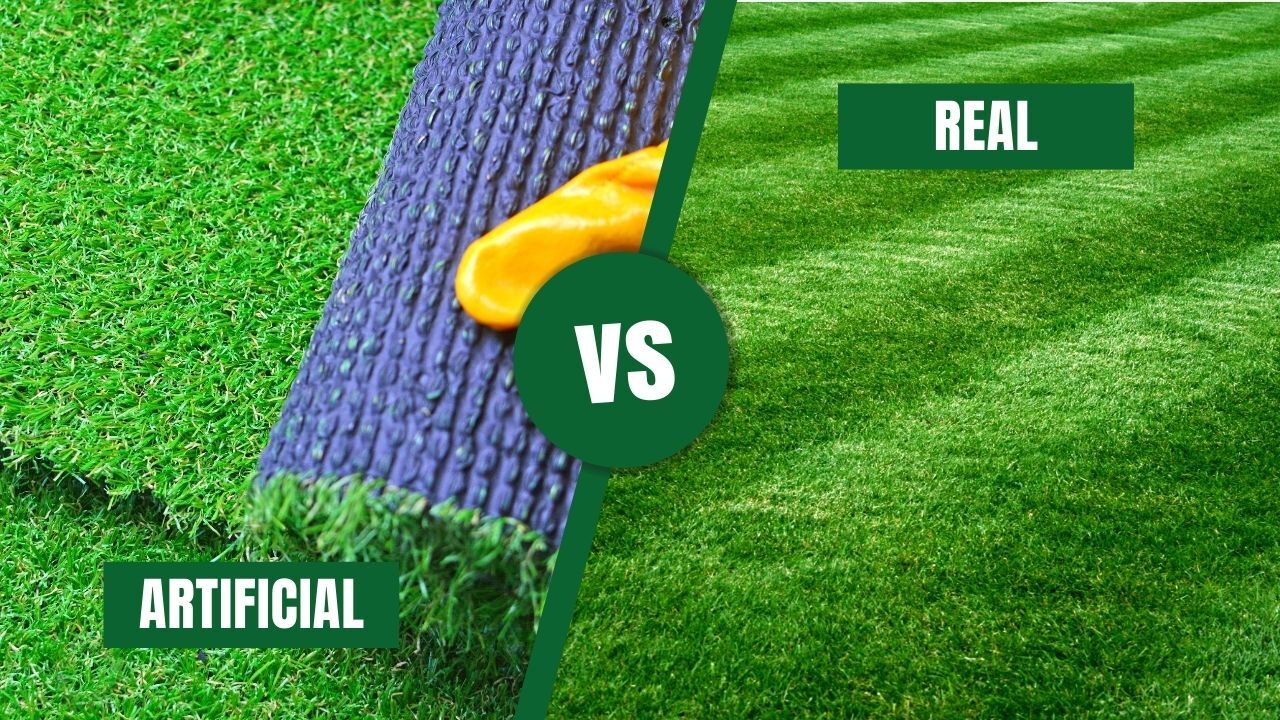 When it comes to creating the perfect yard, one of the biggest decisions homeowners face is choosing between real grass and artificial turf. Both options have their benefits and drawbacks, and the best choice ultimately depends on your lifestyle, budget, and long-term goals for your outdoor space. Let’s break down the pros and cons of each so you can make an informed decision that suits your home and needs.
When it comes to creating the perfect yard, one of the biggest decisions homeowners face is choosing between real grass and artificial turf. Both options have their benefits and drawbacks, and the best choice ultimately depends on your lifestyle, budget, and long-term goals for your outdoor space. Let’s break down the pros and cons of each so you can make an informed decision that suits your home and needs.
Real Grass: The Classic Choice
Pros:
There is nothing quite like the look and feel of a lush, natural lawn. Real grass offers a cooling effect during warmer months, improves air quality, and provides that classic, vibrant curb appeal many homeowners love. It’s also environmentally friendly, as natural lawns absorb carbon dioxide and help support local ecosystems.
Cons:
The beauty of real grass does come at a cost, both in time and money. Maintaining a healthy lawn requires regular mowing, watering, fertilizing, and weed control. Depending on your climate, drought conditions or heavy rainfall can also create challenges. If you’re looking for a low-maintenance option or live in an area with water restrictions, real grass might require more effort than you’re willing to invest.
Artificial Grass: Low Maintenance, High Appeal
Pros:
Artificial turf has come a long way in recent years, offering a realistic look without the ongoing upkeep of a natural lawn. It stays green year-round, requires no watering or mowing, and holds up well against heavy foot traffic, making it a popular choice for families with kids or pets. Artificial grass is also ideal for regions with water restrictions or extreme weather conditions where maintaining real grass is difficult.
Cons:
While artificial turf is low-maintenance, the upfront installation cost is typically higher than laying sod. Additionally, because it’s made of synthetic materials, artificial grass can become hot in direct sunlight, which may be uncomfortable in warmer climates. It also doesn’t provide the same environmental benefits as natural grass, and over time, it may need to be replaced depending on wear and tear.
Key Factors to Consider
When deciding between real and artificial grass, consider the following:|
- Maintenance: How much time do you want to spend on yard work?
- Budget: Are you prepared for higher upfront costs or ongoing maintenance expenses?
- Climate: Does your region experience drought, extreme heat, or heavy rainfall?
- Usage: Will children or pets frequently use the yard?
- Environmental Impact: Is sustainability an important factor for you?
Both real and artificial grass can help you achieve a beautiful yard, but each comes with its own set of trade-offs. If you enjoy the natural feel of grass and don’t mind regular maintenance, a traditional lawn may be the best fit. On the other hand, if you want a consistently green yard with minimal upkeep, artificial turf might be the solution you’re looking for.
No matter which option you choose, creating an outdoor space that aligns with your lifestyle will help you get the most enjoyment from your home’s exterior for years to come.